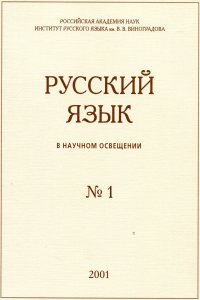The structure of pitch accent in Russian dialects with “word-by-word” melodic contour
Abstract:
The present paper reports new results of the experimental study of the prosodic system
found in the spontaneous dialogue speech corpus of an archaic Northern Russian dialect from
the upper reaches of Pinega river, in which nearly each word bears a pitch movement. A total
of 6830 utterances of various types (neutral statement, polar question, wh-question, communicative
incompleteness, yes/no reactions) from seven speakers, 55–80 years old, were analyzed.
I argue that — along with other prosodic means such as higher tonal interval and late timing —
the primary indicator of a nuclear pitch accent in this dialect is a complex tonal movement
composed of rising or falling tone with a level one or the level tone along (found in whquestions).
The use of tonal movement as a marker of the nuclear pitch accent as it is found in
Standard Modern Russian and many other languages is not possible in Pinega dialect since in
this idiom each non-nuclear accentual phrase bears a rising-falling pitch movement. The three
pitch combinations within a single pitch accent which have so far been found are: [rising + level]
in polar questions and neutral statements, [(high) level + falling] and [(low) level + rising] in
dialogue responses consisting of yes and no particles. The problem of correlation between the tonal
and the quantitative (segmental duration) prominence in Pinega dialect still remains unclear.


